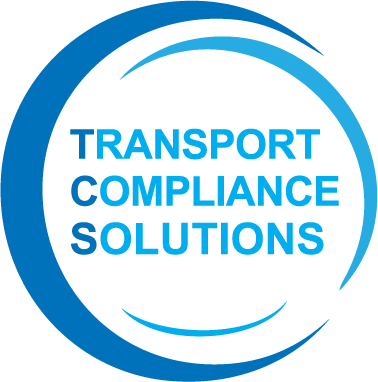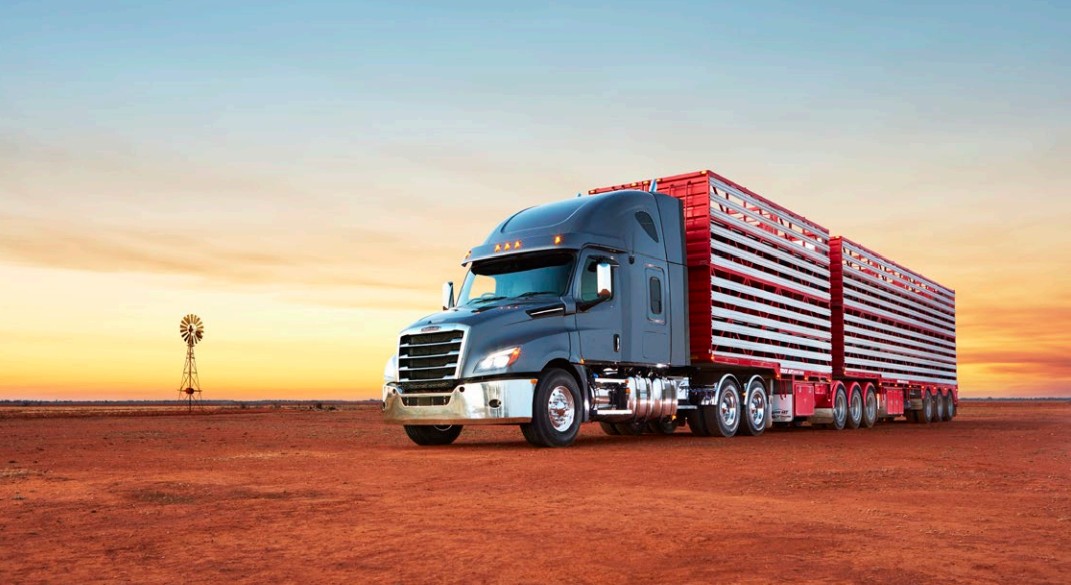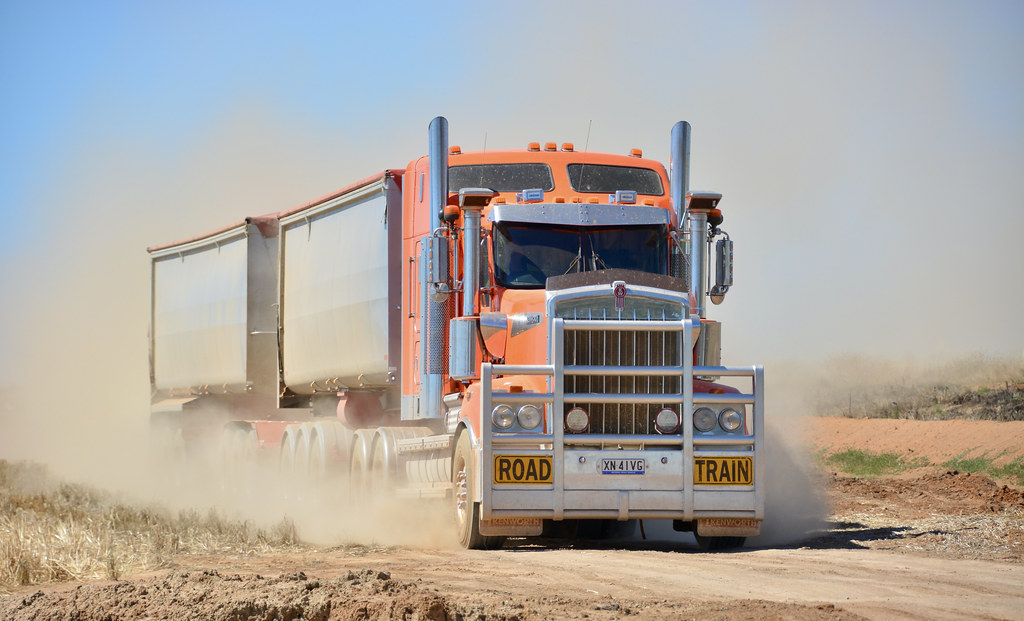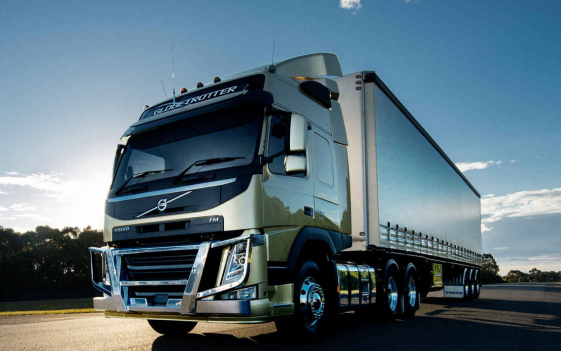 FAQ’S
FAQ’S
Frequently Asked Questions
Transport compliance refers to adhering to the laws, regulations, and standards set by Australian authorities in the transportation industry. It ensures that vehicles, drivers, and operations meet safety, environmental, and legal requirements.
In Australia, transport compliance is regulated by various bodies depending on the mode of transportation. For road transport, the National Heavy Vehicle Regulator (NHVR) and state/territory road agencies are responsible. For aviation, the Civil Aviation Safety Authority (CASA) oversees compliance, and for maritime transport, the Australian Maritime Safety Authority (AMSA) is the regulatory authority.f ships used in ocean freight can vary depending on the type of cargo being transported. Some common types of ships include: Container ships for standard sized containers Bulk carriers for unpackaged cargo such as grain or coal Tankers for liquids such as oil or chemicals Roll-on/roll-off (Ro-Ro) ships for vehicles or other rolling cargo Refrigerated ships for temperature-sensitive goods
Transport compliance covers a range of aspects including vehicle safety standards, driver licensing and qualifications, roadworthiness inspections, load restraint requirements, hours of service regulations, dangerous goods transportation, and more
Penalties for transport non-compliance vary depending on the severity of the violation and the relevant regulations. Penalties can include fines, demerit points, vehicle impoundment, and even criminal charges in some cases.
To ensure vehicle compliance, conduct regular maintenance, adhere to vehicle standards, and stay up-to-date with NHVR regulations. Maintain accurate records of vehicle inspections, repairs, and servicing.
Fatigue management laws are regulations that govern the hours of work and rest for drivers to prevent driver fatigue-related accidents. These laws apply to heavy vehicle drivers and operators subject to the HVNL.
To obtain a commercial driver's license, you need to meet specific requirements set by your state or territory's road agency. This may involve passing written and practical tests, meeting medical standards, and completing necessary training.
Yes, transporting goods across state borders often involves compliance with different sets of regulations and requirements. It's important to understand and adhere to the relevant rules in each state or territory.
The frequency of maintenance inspections depends on the type of vehicle and its usage. Generally, heavy vehicles require more frequent inspections, with guidelines set by authorities like NHVR.
Technology such as GPS tracking, electronic work diaries (EWDs), and telematics systems can help monitor vehicle movements, driver hours, and maintenance schedules, aiding in compliance management.
You can find detailed information on transport compliance on the websites of regulatory authorities like NHVR, CASA, AMSA, and state/territory road agencies. Government publications and industry associations also provide valuable resources.
The NHVR is responsible for regulating heavy vehicles over 4.5 tonnes gross vehicle mass (GVM) in participating states and territories. They enforce laws related to vehicle standards, driver fatigue, mass and dimension limits, and more.
An HVNL mass exemption allows certain heavy vehicles to exceed mass limits under specific circumstances. It's important to understand the conditions and apply for exemptions when necessary.
Chain of Responsibility laws make parties along the supply chain responsible for preventing breaches of transport regulations. This includes consignors, consignees, loaders, schedulers, and more.
Dangerous Goods regulations pertain to the transportation of hazardous materials. These regulations dictate how hazardous materials are classified, packaged, labeled, and transported safely.



